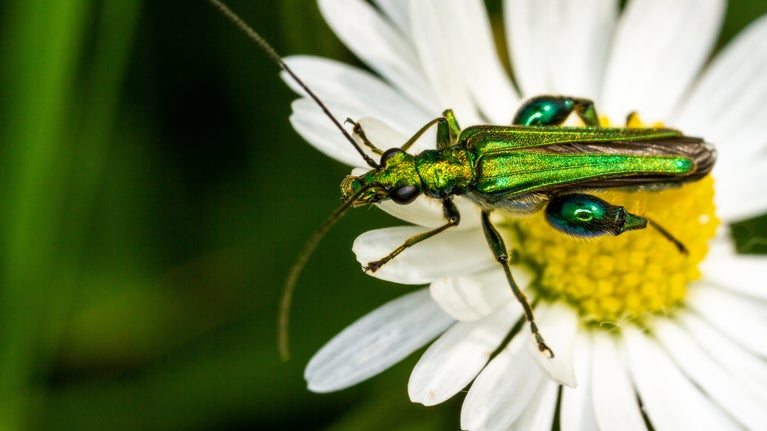
Get closer to wildlife
Discover tips for spotting mammals, birds and insects each season and learn about the range of wildlife at the places we look after.

Beavers were once an important part of the natural environment but became extinct on mainland Britain during the 16th century because they were hunted for their fur, meat and scent glands. Beavers can only be found in a handful of places across the country, including at some places in our care where we've released them to help us tackle the challenges brought by climate change. Find out all about these fascinating creatures.

Beavers build dams to create deep pools of water, which offer shelter from predators and allow them to access and store food. The dams, ponds and channels they create have the added advantage of preventing flooding by slowing, storing and filtering water as it flows downstream.
Beavers are helping to make areas of river more resilient to climate change and the extremes of weather it will bring. The dams they create hold water in dry periods, help to lessen flash-flooding downstream, reduce erosion and improve water quality.
The wetland habitats they create attract a diverse variety of wildlife, including bats, dragonflies, kingfishers, owls, moorhens and woodpeckers.

Discover tips for spotting mammals, birds and insects each season and learn about the range of wildlife at the places we look after.
Take an interactive 360° virtual tour of the beaver enclosure on the Holnicote Estate in Somerset and discover how the beavers have been transforming this wetland habitat.

Find out more about the beavers that have been released into the wild at Little Sea, Studland, and how they can benefit woodland, wildlife and water quality.
We've released a pair of beavers into a sheltered valley in the South Downs as part of our efforts to restore nature by creating a wildlife-rich wetland landscape.
Find out how the Porlock Vale Riverlands project on Exmoor has created a natural ecosystem to prevent flooding and encourage a wider habitat to attract wildlife.
Discover how we work to support a rich variety of land, nature and wildlife across England, Wales and Northern Ireland.

Meet the new beaver kits who are helping to prevent flooding at Holnicote Estate, Somerset, in our podcast episode 'Dam engineers (revisited for Christmas)'. You can also find more episodes from series seven, filled with nature and history.
